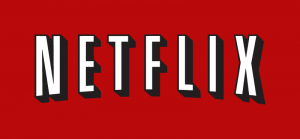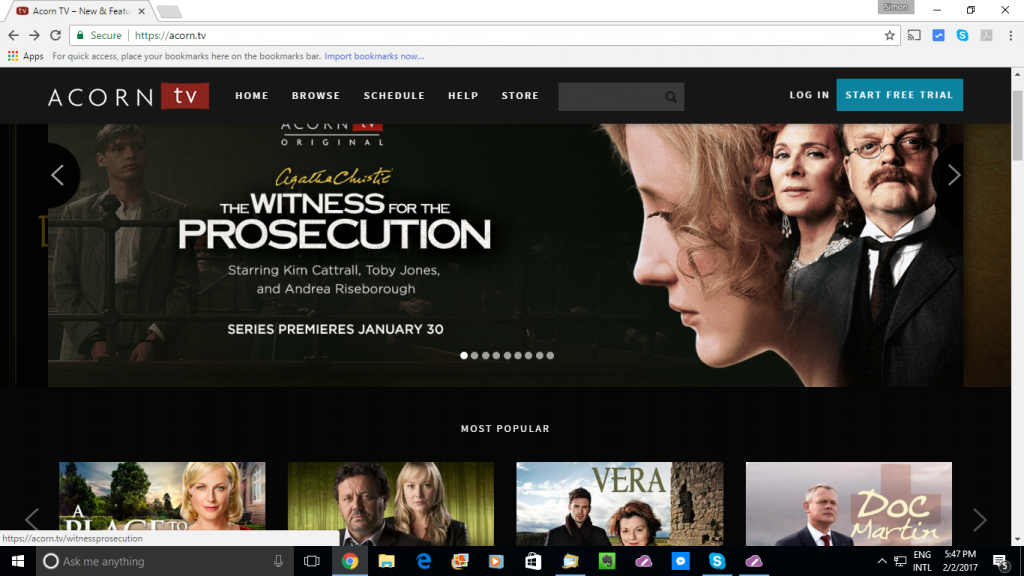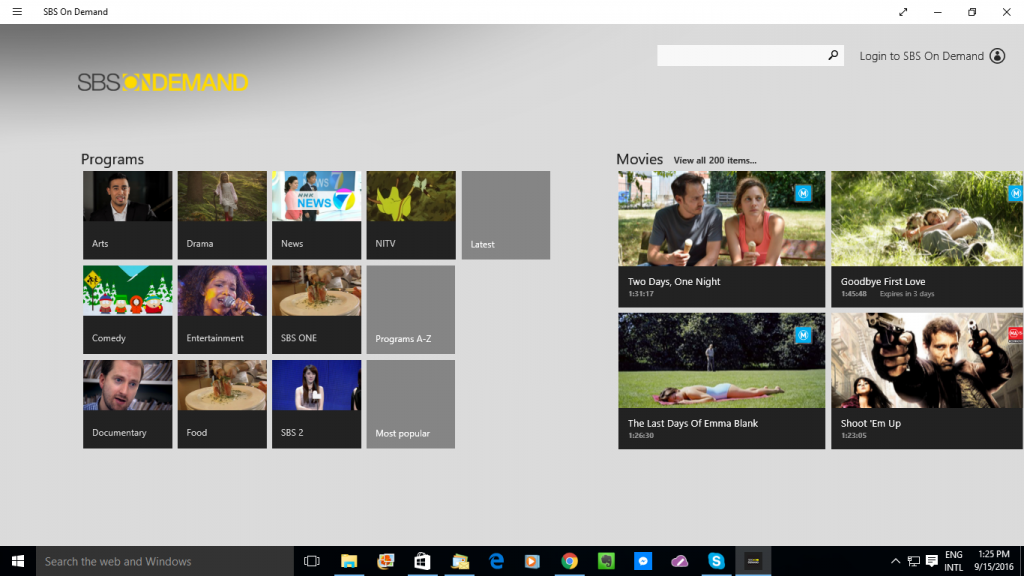Ad-supported video-on-demand–could this be the way to go
Article

Could ad-supported video-on-demand be the way to go on our smart TVs and set-top boxes like the Apple TV?
How Australians feel about advertising-supported streaming – AdNews
My Comments
Increasingly we are making use of advertising-supported video-on-demand services when it comes to streaming TV shows.
One form these services come in are “broadcaster video-on-demand” services run by private or public-service TV broadcasters that run advertising. The other form are video-on-demand services that are purely funded by advertising such as YouTube. This will also include the subscription video-on-demand services that are starting to offer ad-supported reduced-price or free-to-use plans in addition to their premium ad-free plans.
The AdNews article had found that Australian TV viewers are accepting ad-supported video-on-demand services. This is due to the user-experience for ad-supported video-on-demand being perceived to be better than the traditional experience associated with advertising-supported linear TV viewing.
This issue may be seen as being different from broadcaster video-on-demand services ran by advertising-funded TV broadcasters. But it may apply to TV broadcasters who offer a premium video-on-demand video service as an adjunct to their broadcast and BVOD offerings, with examples being Stan or Paramount+ ran by the Nine Network and Ten Network respectively.
How will the viewing experience come across for ad-supported services
Here, you have fewer commercials per ad break compared to the traditional TV experience, As well, there is an increased chance of seeing shorter more succinct ads, something that may only have been ran later on in the same ad break as a prior standard-length ad to reinforce that ad’s message.
Some platforms may even allow the user to skip particular ads or may offer some form of interactivity so users can “act on” ads relevant to their needs. An example of this could be to support “telescoping” where you can choose to see a longer-form ad with more details if you are interested in the product or service concerned. Or it could be about being able to use your “companion-screen” device like your smartphone or tablet to act on the offer being advertised such as to book a seat at that movie or play whose trailer you saw.
Add to this the ability for ad-supported video-on-demand platforms to support targeted advertising options. This will be facilitated with the video-on-demand service providers subscribing to one or more adtech platforms or ad marketplaces and having these platforms “fill” at least some of the advertising inventory with campaigns provided by these marketplaces, in addition to the service selling its own advertising inventory directly.
Like with traditional commercial TV, the ad breaks that these advertising-driven video-on-demand services will also be about creating breaks during the viewing experience. This could be a chance to go to the kitchen or bathroom or, where applicable, to put more fuel on the solid-fuel fire. As well, most of us would be looking at our smartphones or tablets during the ad breaks to interact with social media or look for online resources about concepts that are highlighted in the content.
The increased appeal of advertising-driven video-on-demand has come about due to a saturated market for ad-free subscription video-on-demand services. Here, some users are even questioning whether it is worth it to subscribe to multiple subscription-based streaming services at the full price. This is more so if one service’s content appeals to them more than another service.
It will mean that users could sign up to many of these services through ad-supported low-tier plans or benefit from services that adopt a freemium business model where there is a free ad-supported service plan alongside a premium ad-free service plan. This could lead to users subscribing to one or two video-on-demand services that they value the most while watching content on other video-on-demand services that run a ad-based freemium approach.
Impact on video content offered
But there are questions that will come up about the increased acceptance of ad-supported video-on-demand. One of these would be whether this has an impact on the kind of video content offered through these services.
Here, it may be about producers being required to avoid taking risks in order to keep their content “brand safe” so as not to impact advertisers’ reputations. This would necessitate avoiding controversial topics and contexts being part of the content.
Or it could be content producers pandering to the lowest common denominator in order to attract advertisers that offer goods and services that “every man and his dog” wants. This can be more so where an advertising-driven video-on-demand doesn’t create its specific niche market.
Let’s not forget the issue where some service providers will offer a smaller selection of their content to those of us who sign up to the ad-supported service tiers. This may be of concern for those of us who have discerning content tastes, something that has become more prevalent thanks to Netflix and services offering “premium-grade” TV content.
In some cases, you may find that lower-priced ad-supported tiers may offer the content at a basic video and sound quality specification like Full HD or stereo sound. Or there is a limit on the number of devices that can be concurrently used to view different content.
Similarly, there will be questions raised about video-on-demand services who have content directed at children and youth as part of their content lineup. Here, it would be about a requirement to keep the amount of advertising down within this content and maintain a strong control over the goods and services advertised while that content is shown. This is in order for parents and educators to consider these services as being “safe” for children and youth to use.
Conclusion
The increased prevalence of ad-supported video-on-demand services, including subscription-based services offering free or low-cost ad-supported service tiers, will be expected as a way to answer the over-saturated online video marketplace.



